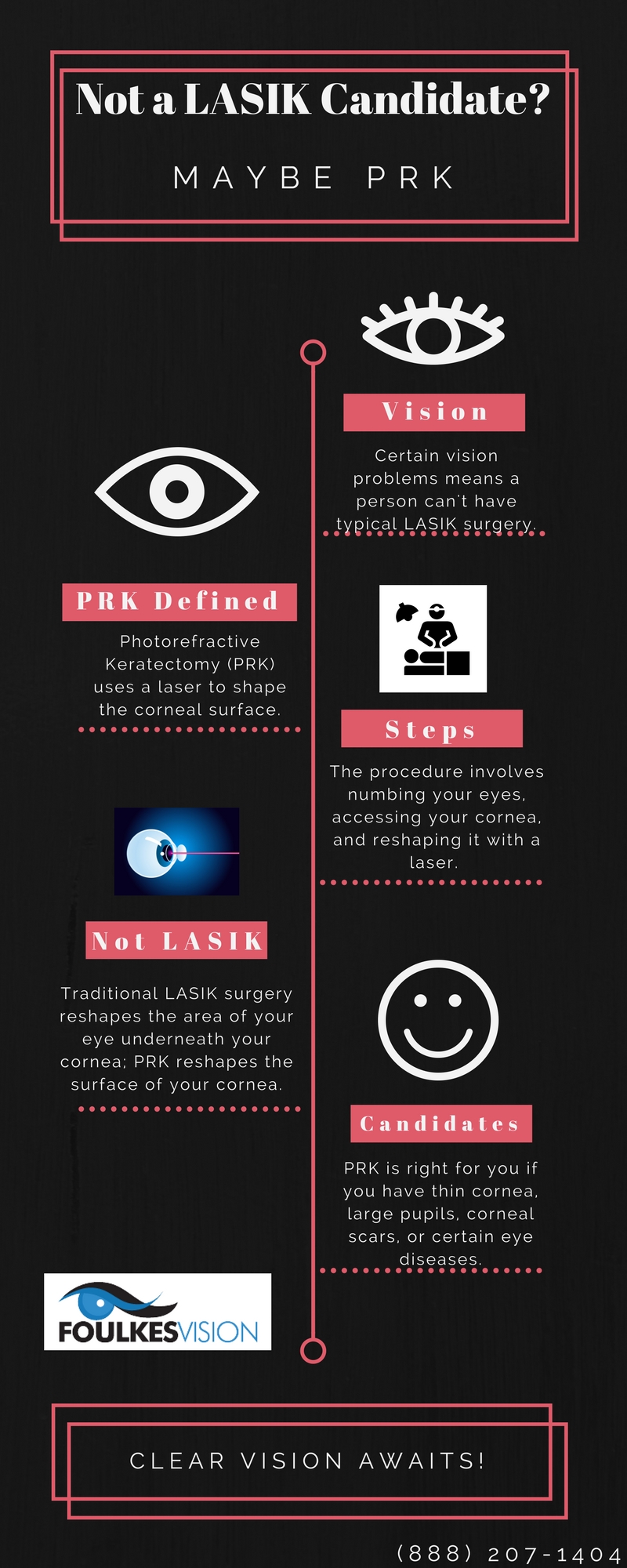Exceptional Changes In Your Youngster'S Behavior May Point To Vision Troubles; Identify The Indicators That Call For An Eye Check-Up To Advertise Their Healthy Growth
Exceptional Changes In Your Youngster'S Behavior May Point To Vision Troubles; Identify The Indicators That Call For An Eye Check-Up To Advertise Their Healthy Growth
Blog Article
Web Content By-Bjerg Frye
As a moms and dad, you play a crucial function in your youngster's health and wellness, particularly when it pertains to their vision. You might see particular habits that might signify a need for an eye examination. Squinting, constant eye massaging, or problems of headaches can be more than simply minor inconveniences. Recognizing these indications is crucial for your kid's growth. So, what should you try to find next? Let's explore the common symptoms that could suggest a vision issue.
Common Signs of Vision Troubles in Children
When you notice your kid dealing with daily tasks, it could be an indicator of vision troubles.
Look for signs like scrunching up your eyes, rubbing their eyes frequently, or tilting their head to see much better. If they've difficulty analysis or seem to lose their place usually, that's an additional indication.
You may additionally see them whining concerning headaches or experiencing eye strain after extensive durations of analysis or making use of screens.
Additionally, if mouse click the following post prevents activities that call for good vision, like sporting activities or attracting, it's worth paying attention to.
Look for any unusual actions, as these indicators can point to underlying vision problems that need expert analysis.
Early detection can make a big difference in their aesthetic growth.
Age-Specific Vision Milestones to Monitor
Every moms and dad should watch on their youngster's vision growth as they expand.
At around 6 months, your baby must start tracking relocating objects. By age 1, they must be able to concentrate on and identify acquainted faces.
In between 2 and 3 years, seek enhancements in hand-eye coordination, like stacking blocks or throwing a round.
By age 4, children need to have the ability to recognize forms and colors, and they could start to acknowledge letters.
If your child fights with these landmarks, it's important to make note. Monitoring their progression aids you catch prospective problems early, guaranteeing they receive the vision care they require for a brilliant future.
Remain proactive concerning their vision health!
When to Arrange an Eye Examination for Your Youngster
Checking your youngster's vision growth is very important, however understanding when to schedule an eye examination is equally as vital. The American Academy of Ophthalmology recommends your child have their first eye exam at 6 months old.
After that, schedule follow-ups at age 3 and once again prior to they start institution. If your child shows indications of vision issues-- like squinting, difficulty analysis, or frustrations-- don't wait for the following arranged consultation.
Furthermore, if there's a family history of eye issues, positive examinations are essential. Keep an eye on any modifications in their vision or behavior, and depend on your reactions.
Normal examinations can help capture prospective problems early, ensuring your youngster has the most effective chance for healthy vision.
Conclusion
In conclusion, staying alert to your kid's aesthetic habits is crucial for their eye wellness. If you discover any indications like squinting, eye rubbing, or problem with reading, don't hesitate to arrange an eye exam. Bear in mind, early discovery can make a considerable distinction in their visual advancement. Trust fund your reactions as a parent, and guarantee your child obtains the care they require to thrive. simply click the next site can help keep their eyes healthy for several years to find.
